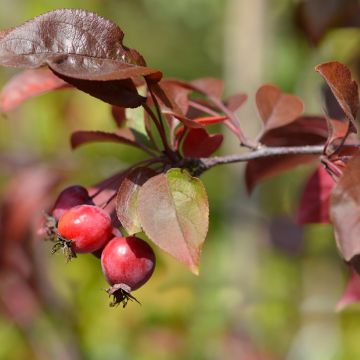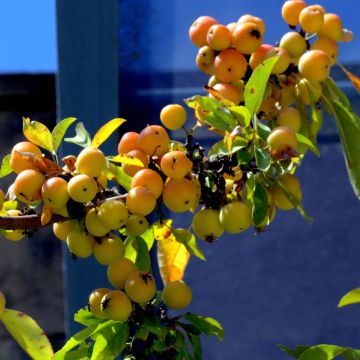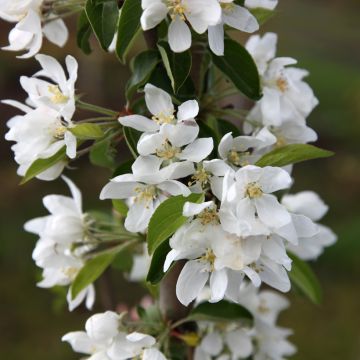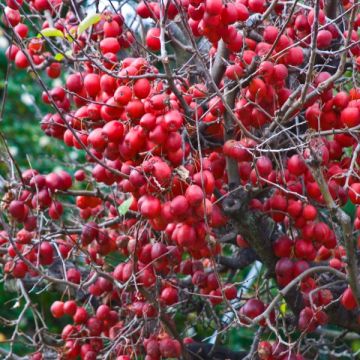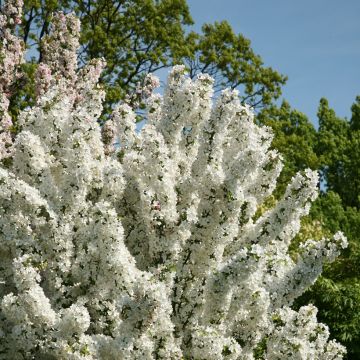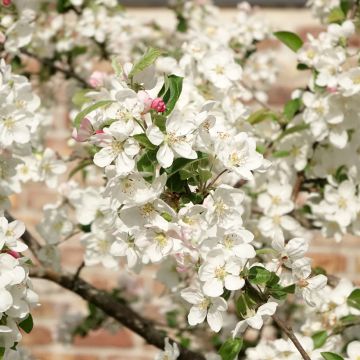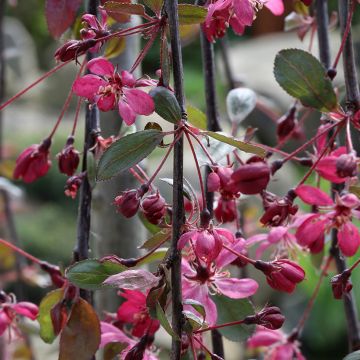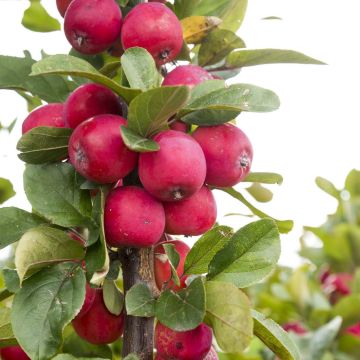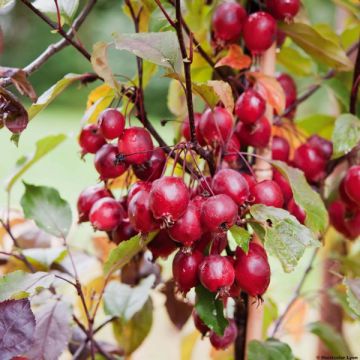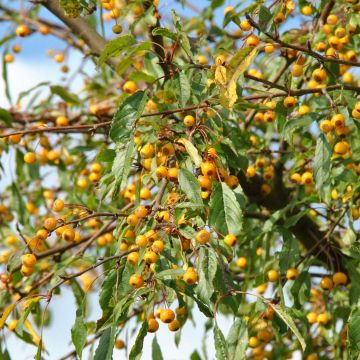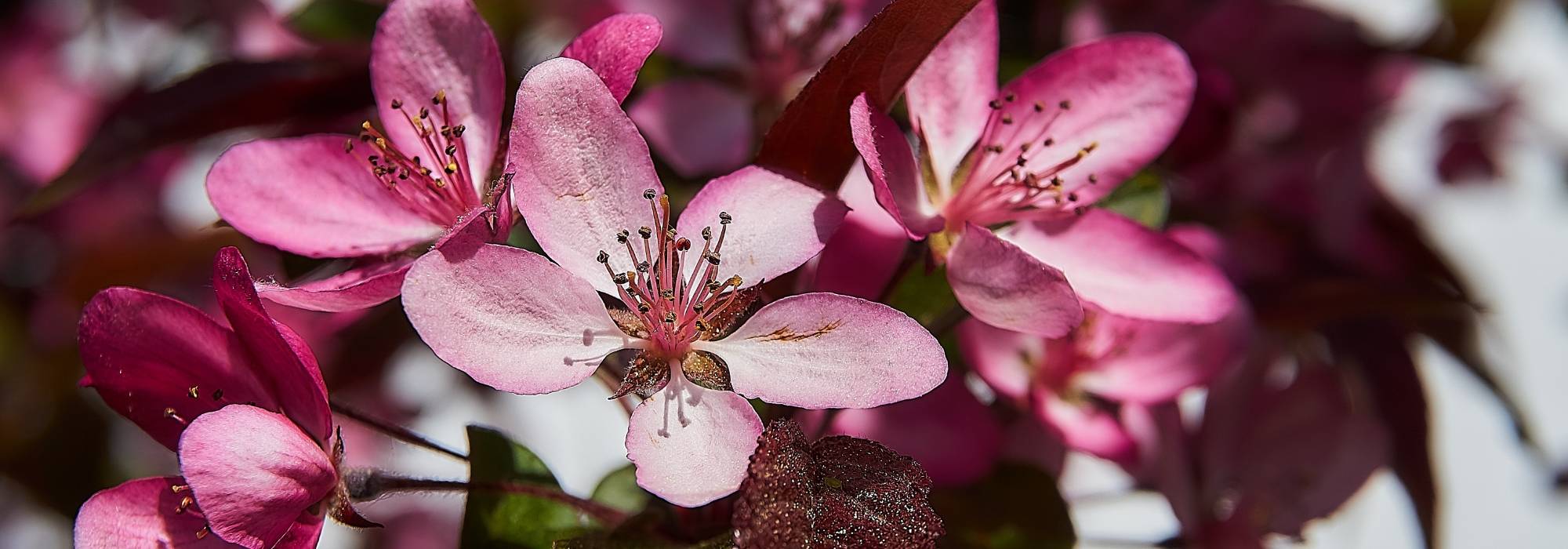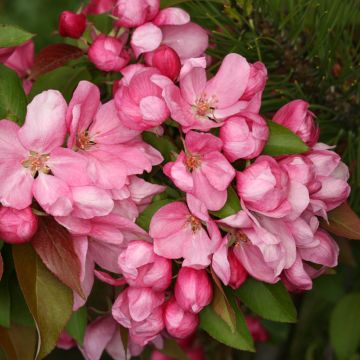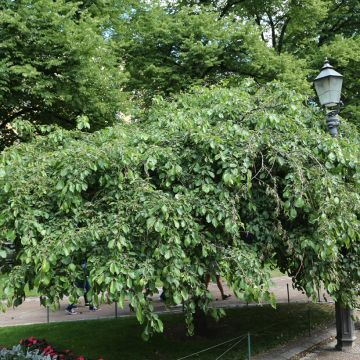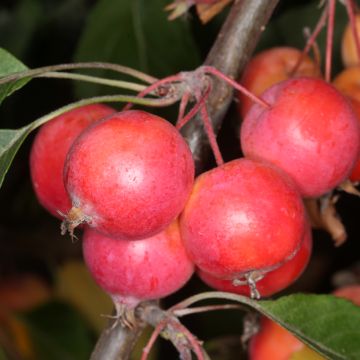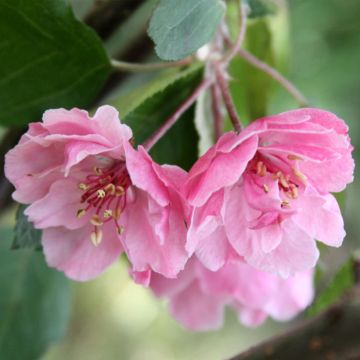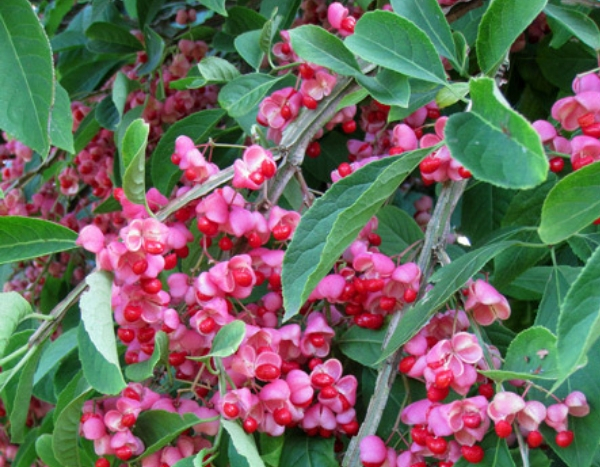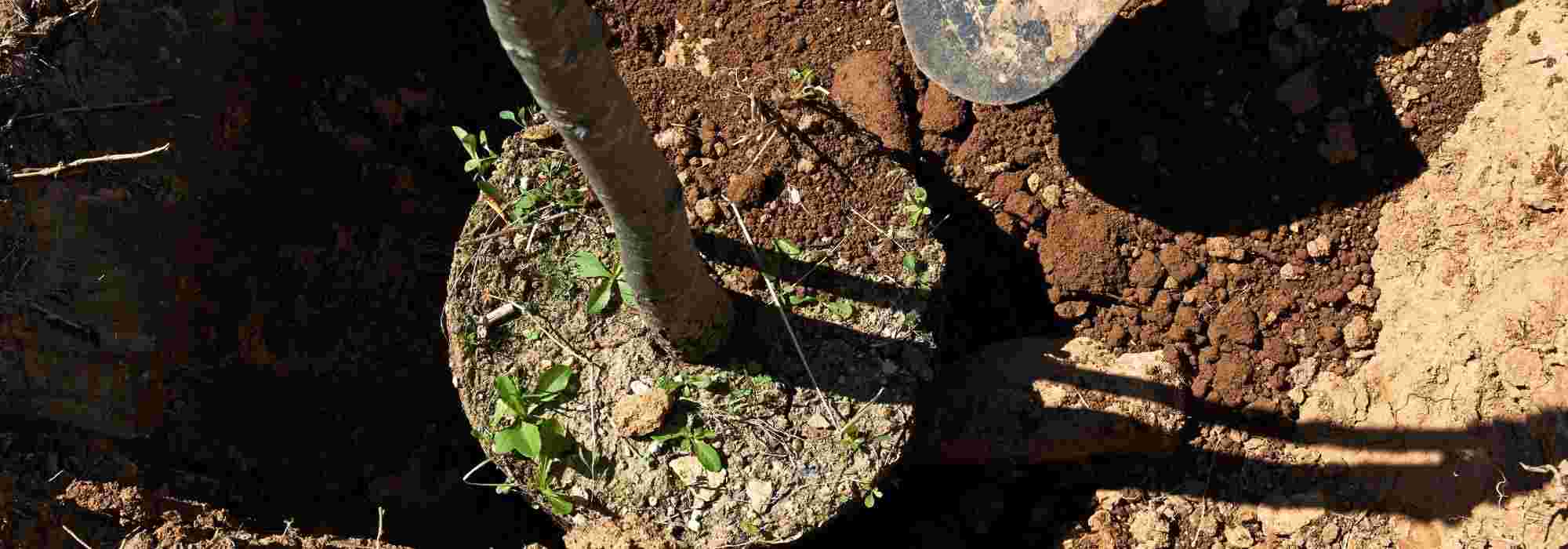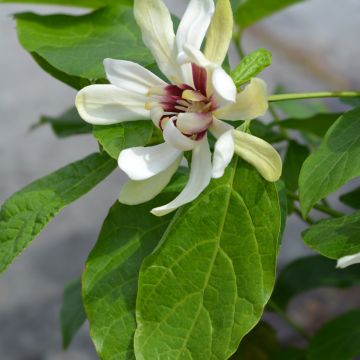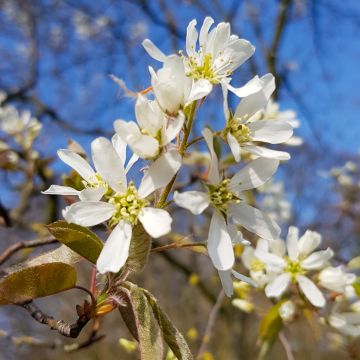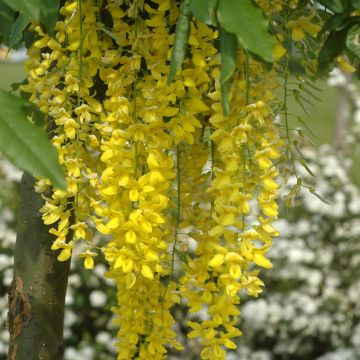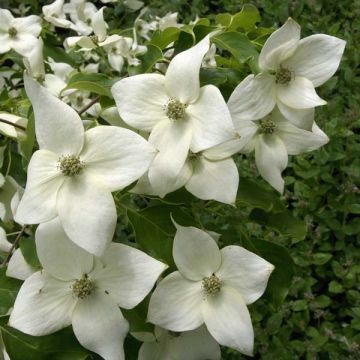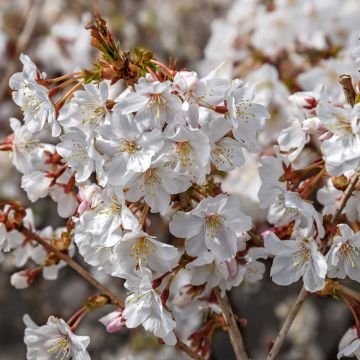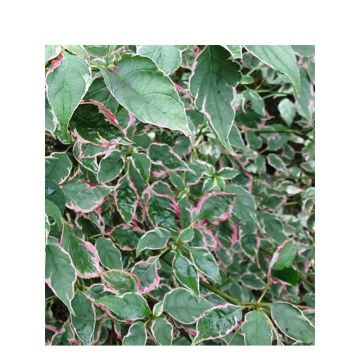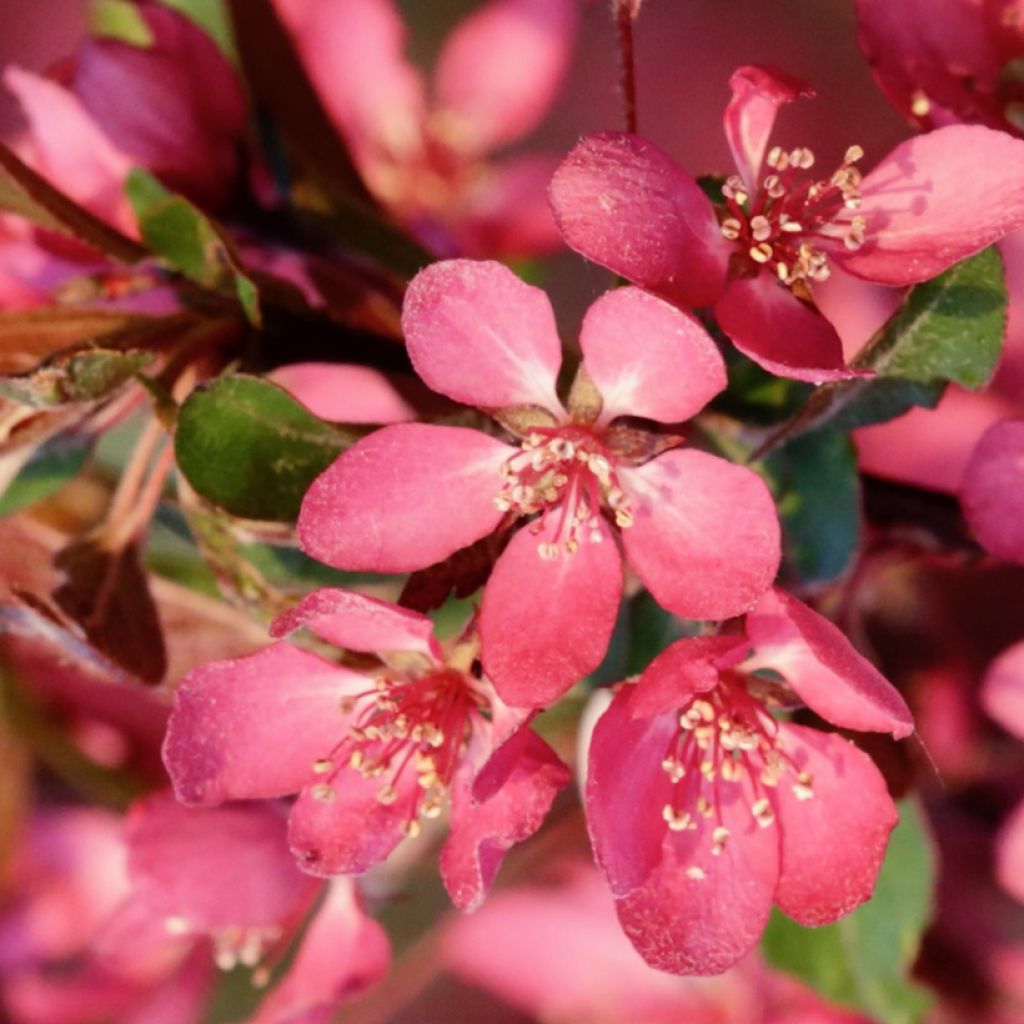

Pommier d'ornement - Malus toringo Freja
Malus toringo Freja - Crab Apple
Malus toringo Freja
Toringo Crab Apple
Special offer!
Receive a €20 voucher for any order over €90 (excluding delivery costs, credit notes, and plastic-free options)!
1- Add your favorite plants to your cart.
2- Once you have reached €90, confirm your order (you can even choose the delivery date!).
3- As soon as your order is shipped, you will receive an email containing your voucher code, valid for 3 months (90 days).
Your voucher is unique and can only be used once, for any order with a minimum value of €20, excluding delivery costs.
Can be combined with other current offers, non-divisible and non-refundable.
Why not try an alternative variety in stock?
View all →This plant carries a 24 months recovery warranty
More information
We guarantee the quality of our plants for a full growing cycle, and will replace at our expense any plant that fails to recover under normal climatic and planting conditions.
Would this plant suit my garden?
Set up your Plantfit profile →
Description
Malus toringo 'Freja' is a variety of flowering crab apple that produces a breathtaking flowering in May. This medium-sized tree (about 5m (16ft)) is then covered with a cloud of small pink flowers, inspiring admiration all around. In spring, the young shoots are purple and evolve into a dark green colour as the season progresses, before finally turning yellow in autumn. Its fruits are very small but still decorative due to their quantity and attractive red and yellow colour. Very hardy, 'Freja' is particularly accommodating regarding the nature of the soil, requiring only a little moisture and a sunny exposure. Beneficial to biodiversity and highly ornamental, this flowering crab apple is also a source of nectar and food for birds.
Ornamental crab apples come from various botanical species of the Malus genus, belonging to the Rosaceae family. This very important family, both in terms of ornamental and economic value, gives us most of our temperate climate fruit trees (apple trees, pear trees, plum trees, apricot trees, peach trees, etc.), but also many garden plants (hawthorn, cotoneaster, roses, photinia, prunus), as well as numerous wild plants that brighten up our countryside and forests (such as wild strawberry). Hardy, accommodating, and easy to grow, flowering crab apples are content with ordinary soil but prefer loamy, deep, loose, and moist soil, as well as sunny exposures. Once established, they tolerate being neglected while maintaining their generous nature. Many cultivars have been developed in Europe and the United States, which are always more attractive and more disease-resistant.
'Freja' is a selection (probably from a Malus toringo seedling) from the Danish nursery Ole Bønsdorff, south of Copenhagen, introduced to the market in 1999. It is a cultivated variety of Malus toringo (syn. Malus sieboldii), a botanical flowering crab apple with a rounded habit, pale-pink almost white flowers, and superb autumn colours. Like the species, 'Freja' is well-suited to small gardens, forming a small tree 4 to 5m (13 to 16ft) high, with a rounded and slightly irregular habit. In spring, small elongated elliptical leaves of a purplish colour appear, borne by long petioles. During the season, they turn a dark green tinged with dark red before taking on beautiful golden colours in autumn before falling.
The flowering is especially the highlight of this variety. In May, the tree is covered with a multitude of dark pink flower buds, which open into small single flowers about 3cm (1in) in diameter, formed by 5 crimson pink petals. It is then a dazzling spectacle for 2 to 3 weeks that illuminates the garden, visible for metres around. These nectar-rich flowers delight bees and evolve into very small fruits less than 1cm (1in) long, slightly elongated in shape. Their abundance compensates for their small size, and their red and yellow colour makes them decorative and attractive to birds that feed on them in autumn. Not content with being a true ornamental glory, this flowering crab apple is also a particularly useful plant for wildlife!
Very hardy (beyond -20°C (-4°F)), 'Freja' is also resistant to pollution, which, combined with its reasonable size, makes it a perfect tree for small urban gardens. Easy to grow, rather disease-resistant and resistant to apple scab, and not fearing the wind, it is an ideal choice. It accepts most types of soil: acidic, neutral, or alkaline. Its only requirements are that it prefers sunny locations, and moist soils, rich in humus.
Malus toringo 'Freja' is a real gem for small gardens, combining an extraordinary flowering, decorative foliage for part of the year, and a multitude of small colourful fruits that will attract birds to your garden, bringing life to the short days of the end of the year. Plant it in isolation on a lawn so that its flowering is clearly visible or, in a mixed bed with other trees and shrubs to create a changing scene throughout the year. For spring, choose a beautiful white-flowered spiraea, such as Spiraea thunbergii, which will enchant the beginning of the season with its myriad of small flowers. 'Freja' will then take over with its abundant flowering, which will then give way to the huge white panicles of Hydrangea paniculata 'Diamantino', a compact hydrangea that will thrive in the dappled shade of 'Freja'. And to accompany it beautifully, Lagerstroemia indica 'Soir d'Eté', an Indian lilac with slightly fluffy flowers in a candy pink colour, will be absolutely perfect.
Malus toringo Freja - Crab Apple in pictures
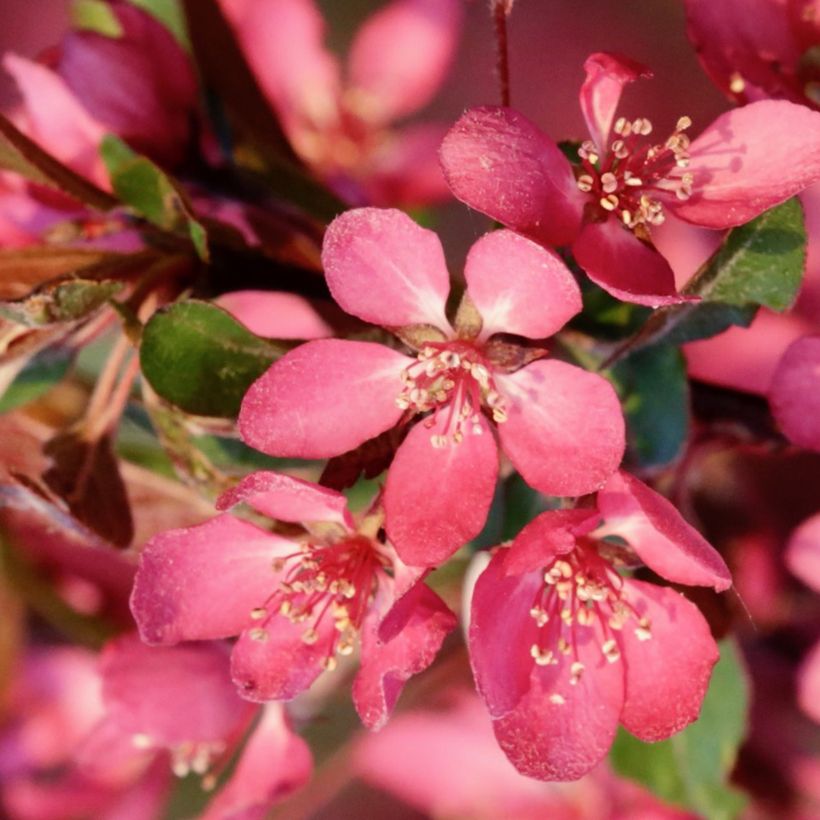

Plant habit
Flowering
Foliage
Botanical data
Malus
toringo
Freja
Rosaceae
Toringo Crab Apple
Cultivar or hybrid
Other Malus - Crabapple
View all →Planting and care
Easy to grow in ordinary, deep, acidic, neutral or calcareous soil, Malus toringo 'Freja' requires a bright exposure. Ornamental malus trees are generally very accommodating, but they like fertile, moist and deep soils. After careful planting and installation accompanied by regular watering during the first two years, they manage on their own. Plant it in the sun (or possibly in partial shade in hot climates) in moist but well-drained, fairly rich soil, giving it enough space to spread. Dig a large planting hole. If the soil is poor, add compost to the planting soil, and apply fertiliser or compost to its base every spring. Prune lightly after flowering to regularise the shape or to form the bush, avoiding cutting thick branches. However, pruning is not mandatory.
Planting period
Intended location
Care
Planting & care advice
This item has not been reviewed yet - be the first to leave a review about it.
Similar products
Haven't found what you were looking for?
Hardiness is the lowest winter temperature a plant can endure without suffering serious damage or even dying. However, hardiness is affected by location (a sheltered area, such as a patio), protection (winter cover) and soil type (hardiness is improved by well-drained soil).

Photo Sharing Terms & Conditions
In order to encourage gardeners to interact and share their experiences, Promesse de fleurs offers various media enabling content to be uploaded onto its Site - in particular via the ‘Photo sharing’ module.
The User agrees to refrain from:
- Posting any content that is illegal, prejudicial, insulting, racist, inciteful to hatred, revisionist, contrary to public decency, that infringes on privacy or on the privacy rights of third parties, in particular the publicity rights of persons and goods, intellectual property rights, or the right to privacy.
- Submitting content on behalf of a third party;
- Impersonate the identity of a third party and/or publish any personal information about a third party;
In general, the User undertakes to refrain from any unethical behaviour.
All Content (in particular text, comments, files, images, photos, videos, creative works, etc.), which may be subject to property or intellectual property rights, image or other private rights, shall remain the property of the User, subject to the limited rights granted by the terms of the licence granted by Promesse de fleurs as stated below. Users are at liberty to publish or not to publish such Content on the Site, notably via the ‘Photo Sharing’ facility, and accept that this Content shall be made public and freely accessible, notably on the Internet.
Users further acknowledge, undertake to have ,and guarantee that they hold all necessary rights and permissions to publish such material on the Site, in particular with regard to the legislation in force pertaining to any privacy, property, intellectual property, image, or contractual rights, or rights of any other nature. By publishing such Content on the Site, Users acknowledge accepting full liability as publishers of the Content within the meaning of the law, and grant Promesse de fleurs, free of charge, an inclusive, worldwide licence for the said Content for the entire duration of its publication, including all reproduction, representation, up/downloading, displaying, performing, transmission, and storage rights.
Users also grant permission for their name to be linked to the Content and accept that this link may not always be made available.
By engaging in posting material, Users consent to their Content becoming automatically accessible on the Internet, in particular on other sites and/or blogs and/or web pages of the Promesse de fleurs site, including in particular social pages and the Promesse de fleurs catalogue.
Users may secure the removal of entrusted content free of charge by issuing a simple request via our contact form.
The flowering period indicated on our website applies to countries and regions located in USDA zone 8 (France, the United Kingdom, Ireland, the Netherlands, etc.)
It will vary according to where you live:
- In zones 9 to 10 (Italy, Spain, Greece, etc.), flowering will occur about 2 to 4 weeks earlier.
- In zones 6 to 7 (Germany, Poland, Slovenia, and lower mountainous regions), flowering will be delayed by 2 to 3 weeks.
- In zone 5 (Central Europe, Scandinavia), blooming will be delayed by 3 to 5 weeks.
In temperate climates, pruning of spring-flowering shrubs (forsythia, spireas, etc.) should be done just after flowering.
Pruning of summer-flowering shrubs (Indian Lilac, Perovskia, etc.) can be done in winter or spring.
In cold regions as well as with frost-sensitive plants, avoid pruning too early when severe frosts may still occur.
The planting period indicated on our website applies to countries and regions located in USDA zone 8 (France, United Kingdom, Ireland, Netherlands).
It will vary according to where you live:
- In Mediterranean zones (Marseille, Madrid, Milan, etc.), autumn and winter are the best planting periods.
- In continental zones (Strasbourg, Munich, Vienna, etc.), delay planting by 2 to 3 weeks in spring and bring it forward by 2 to 4 weeks in autumn.
- In mountainous regions (the Alps, Pyrenees, Carpathians, etc.), it is best to plant in late spring (May-June) or late summer (August-September).
The harvesting period indicated on our website applies to countries and regions in USDA zone 8 (France, England, Ireland, the Netherlands).
In colder areas (Scandinavia, Poland, Austria...) fruit and vegetable harvests are likely to be delayed by 3-4 weeks.
In warmer areas (Italy, Spain, Greece, etc.), harvesting will probably take place earlier, depending on weather conditions.
The sowing periods indicated on our website apply to countries and regions within USDA Zone 8 (France, UK, Ireland, Netherlands).
In colder areas (Scandinavia, Poland, Austria...), delay any outdoor sowing by 3-4 weeks, or sow under glass.
In warmer climes (Italy, Spain, Greece, etc.), bring outdoor sowing forward by a few weeks.






























